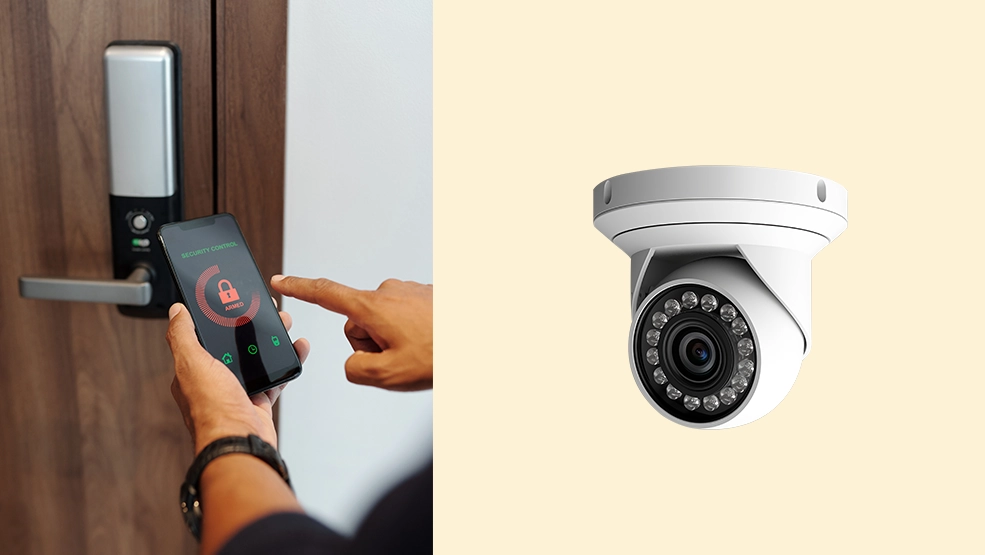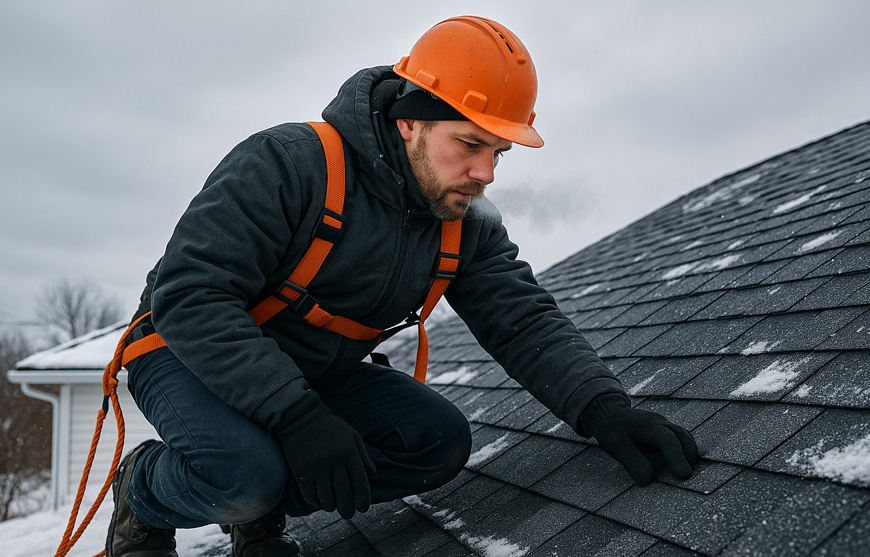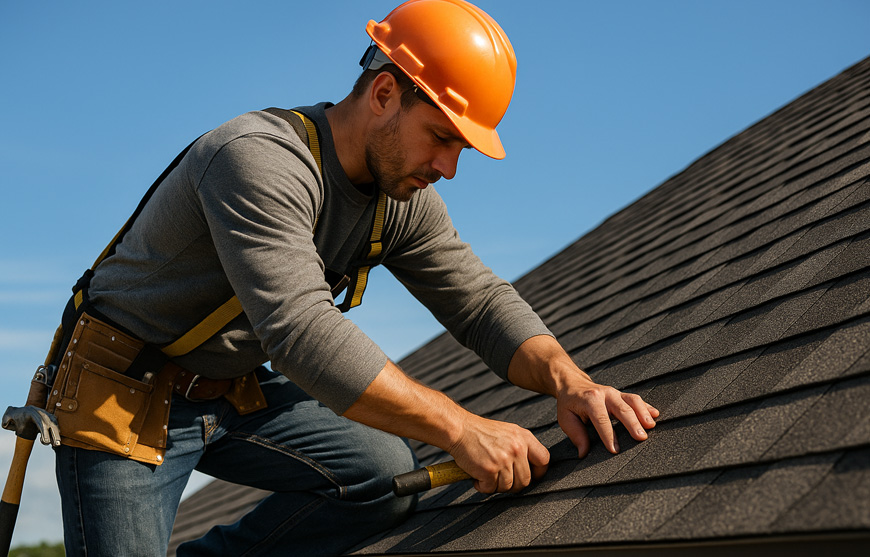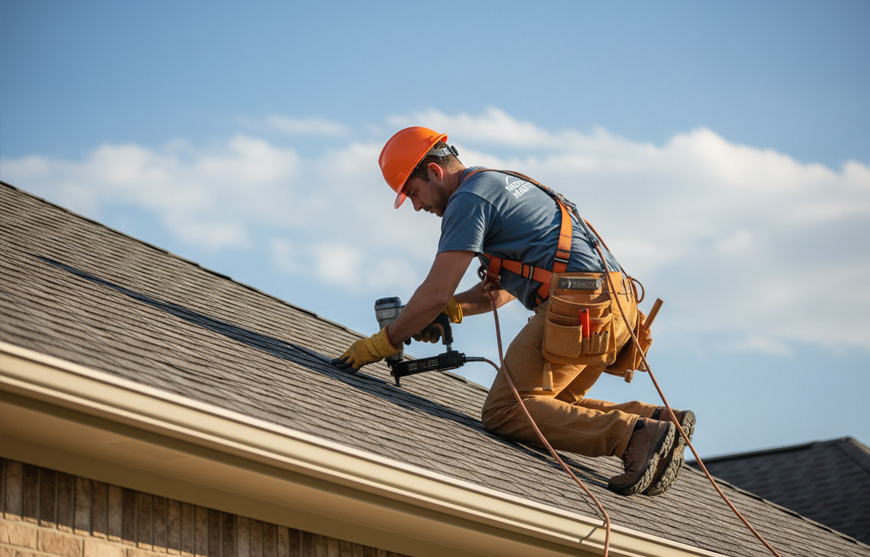A smart home security system may make you feel safer, but it does not guarantee safety! There are some security challenges and privacy concerns that we need to discuss.
Did you know that the United States leads the market with around 60 million smart homes? Home automation systems have become increasingly complex. Without a thorough understanding of how they work as a whole and how each device works with each other, you may be in a position where you are compromising your security or privacy.
Nobody wants that, so now more than ever, it is important for smart home users to understand their own systems. We have unpacked the security risks and privacy challenges in smart homes today. Additionally, talked about ways to resolve them, making your home safer and, hopefully, more convenient.
Let’s get started.
Understanding smart homes and IoT devices
The nerve center of smart homes is the Internet of Things (IoT). Take anything with smart features—smart windows, smart HVAC, smart tv, smart fridge—all of these are part of the exciting world of IoT, and they all require a connection to the internet. One thing is clear: you cannot enjoy the benefits of smart homes without IoT devices.
What is IoT? Simply put, IoT helps share data back and forth between various devices. However, it gets tricky because data transfer happens through the medium of the internet instead of a person.
Since the control has shifted from individuals to an internet-enabled device, new security, and privacy risks have presented themselves, raising concerns about the exposure of personal data, unauthorized access to sensitive information, and the potential for cyber-attacks.
What are the smart home security issues?
Smart home security issues are not a new concept at all. We have seen it in the movies, door alarms failing to keep intruders out, or a device malfunctioning when it is needed most. If you have seen the tech thriller “The Circle (2017),” you are well aware of the privacy nightmares that can come with technology.
Let’s list the five categories that smart home devices fall under before delving into the security issues.
- Environmental (electricity, water)
- Security system (cameras, door alarms, window locks)
- Entertainment (TV, computer)
- Communication (mobile, telephone, internet)
- Appliances (fridge, HVAC)
This means if the security of your smart home is breached, it has the potential to affect your communication, security system, and appliances. For example, if someone has hacked the light system of your smart home, they could control the on/off actions, which is concerning in itself. But the real concern arises if they manage to breach into your home security system and take full control of your home— this scenario highlights the gravity of smart home security issues.
Where is the risk arising from?
Where do these risks come from? Well, insecure devices, weak passwords, insecure networks, lack of updates, privacy concerns, physical security, social engineering attacks, and zero-day attacks all play a role in making your smart home vulnerable.
1. Insecure devices
Insecure smart devices with weak security have become more common. Due to the growth of the IoT, there is among smart device manufacturing factors such as quality and security are overlooked in the process, making them susceptible to hacking and unauthorized access.
2. Weak passwords and authentication
When you use easily guessable or common passwords like 1234, name, birthday, or fail to implement multi-factor authentication, cybercriminals will easily gain unauthorized entry to smart home devices and control them.
3. Insecure networks
Failing to set up separate networks for smart devices is a huge threat to security. If you connect to insecure networks, it is easy to transmit data between devices, making your smart home vulnerable to interception and exploitation.
4. Lack of updates and privacy issues
When smart devices and their software are not regularly updated, known security flaws remain unpatched, making it easier for attackers to exploit these weaknesses. Privacy issues arise due to extensive data collection by smart home devices, potentially leading to mishandling.
5. Social engineering attacks
Phishing, baiting, and pretexting all come under social engineering attacks. When people believe the deceiving texts and respond to them without checking their trustworthiness, they become prey to malicious security threats. It can be a message, e-mail, or a phone call that, once responded can lead to unauthorized access to their smart home systems.
6. Zero-day attacks
Zero-day attacks are unpredictable most of the time. Let’s say your smart home software is not updated, and because of that, there is some bug in the system, leading to poor authentication. While you try to fix the issue, hackers can use the off-guard situation and cause vulnerabilities to your smart home.
What are the solutions to security challenges?
1. Use a separate Wi-Fi network
Most smart home security camera systems are linked to the same Wi-Fi network as your computers and cellphones, which is definitely a red flag. By using the Wi-Fi network, hackers can gain access to the camera system or infiltrate other network devices, jeopardizing your privacy and security. So, setting up a separate Wi-Fi network, especially for smart home devices, is a must.
By doing so, you can build a virtual barrier between your devices (such as smartphones and laptops) and your smart home devices. It is more like having another layer of security, making it difficult for potential hackers to access your personal information
2. Change default passwords
Always change the default passwords on your smart gadgets, and we cannot emphasize this enough. Don’t stick with the passwords that your manufacturers employed. There was a huge botnet in the year 2016 taking control of thousands of security cameras. Just because they had weak passwords, they had to face this huge havoc. So, if you are using generic passwords like 1234, birthday dates, and so on, you are making it easy for anyone wanting to access your network devices.
3. Be selective in device connections
In 2018, it was discovered that a popular brand of smart locks called “August Home” had a severe security weakness that allowed hackers to simply circumvent the locking mechanism. The manufacturer promptly responded by delivering a firmware update to remedy the vulnerability, emphasizing the necessity of choosing proactive gadgets from secure firms.
Before purchasing a smart home gadget, do thorough research and select brands that prioritize security. Some manufacturers take security more seriously than others and offer firmware updates on a regular basis to correct vulnerabilities.
4. Stay vigilant and keep an eye on your smart home devices
You may detect strange login attempts from an unfamiliar place to your smart home system. Thanks to the internet, you will receive notifications when successful/unsuccessful login attempts are made. These notifications help in identifying unauthorized sign-in attempts.
So, if you examine the activity logs, accessed data, and connected devices on a regular basis, you can easily detect unusual behavior. And, if you see any unusual behavior or devices, take immediate steps to safeguard your network and reset passwords.
5. Use a VPN (Virtual Private Network)
Assume you are away from home and want to see the live feed from your home security cameras. By using a VPN you can prevent prospective snoopers from accessing your camera or viewing its footage. A VPN provides this extra level of security by using a encypted connection, allowing you private access to your personal resources. .
6. Be cautious with public Wi-Fi
Avoid using public Wi-Fi networks to access or operate your smart home devices. Because these networks are frequently insecure, hackers can simply intercept your data. For example, if you open your smart home app while in a coffee shop to adjust the thermostat at home, you could inadvertantly be giving a nearby hacker access.
You have no idea who is listening in on unencrypted data transmitted over public Wi-Fi. Carelessly using public Wi-Fi could result in others gaining access to your smart home system.
7. Keep software up to date
Manufacturers frequently offer updates to address security flaws and improve performance. Make it your duty to update the firmware and software on your smart home devices on a regular basis. If you remember, in 2021, a researcher found a vulnerability in Google’s smart home speaker system.
The vulnerability allowed hackers to create a new account without the knowledge of the owner, and through it, access data. Google quickly responded to the vulnerability and issued a software update immediately. If Google had not issued this update, zero-day attacks would have been possible—and many people’s data would be subject to compromise.
8. Seek professional assistance
If you are not confident in setting up or securing your smart home devices, don’t hesitate to seek help from professionals. Professionals can ensure that everything is configured correctly and securely. Instead of taking the risk of leaving your smart home improperly configured, reaching out to a professional installer can provide peace of mind knowing that your system is well-secured.
Seek a security provider; DIY is not enough!
Seeking a security provider is crucial in ensuring comprehensive protection for your smart home. While DIY methods can be satisfying initially, only a professional truly understands the intricacies of the technology and software involved. But, following the steps mentioned earlier, you can significantly enhance the security of your smart home.
However, we must acknowledge that not everyone is tech-savvy or comfortable handling these technical aspects. Updating software, setting up VPNs, and avoiding public Wi-Fi networks may seem daunting for some individuals. And that’s okay! We all have different strengths and expertise.
By enlisting the help of a security provider, you can gain access to specialized knowledge and experience in securing smart homes. These professionals can assess your specific needs, recommend the most suitable security solutions, and take care of the technical aspects on your behalf. This way, you can enjoy the benefits of a smart home without worrying about the complexities of its security setup.
How to find the best security service provider?
To find a good professional security service provider, you need to follow these steps:
- Research and read reviews to check their reputation and customer satisfaction.
- Find out about their experience, expertise, and certifications.
- Ensure they offer a comprehensive range of smart home security services.
- Verify their responsiveness and customer support capabilities.
- Seek referrals and recommendations from trusted sources.
- Review their pricing, contracts, and transparency in dealings.
- Confirm if they have liability insurance for added protection.
- Assess their technical competence in managing smart home systems.
- Inquire about their 24/7 monitoring services for continuous protection.
- If possible, ask for a trial or demo before making a commitment.
Safeguarding your privacy
Taking constant measures to safeguard your privacy is essential in this world of smart technology. A well-protected smart home can provide you with the best of both worlds—convenience, and safety. Take your time and do your research—choosing the right security service provided is fundamental to your safety and security.
Read more about challenges and solutions in smart home installation.



